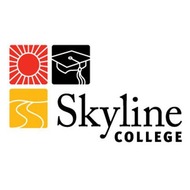Fair Use Evaluator
(View Complete Item Description)What this tool can do for you: 1). Help you better understand how to determine the "fairness" of a use under the U.S. Copyright Code. 2). Collect, organize & archive the information you might need to support a fair use evaluation. 3). Provide you with a time-stamped, PDF document for your records [example], which could prove valuable, should you ever be asked by a copyright holder to provide your fair use evaluation and the data you used to support it. 4). Provide access to educational materials, external copyright resources, and contact information for copyright help at local & national levels.
Material Type: Data Set




















